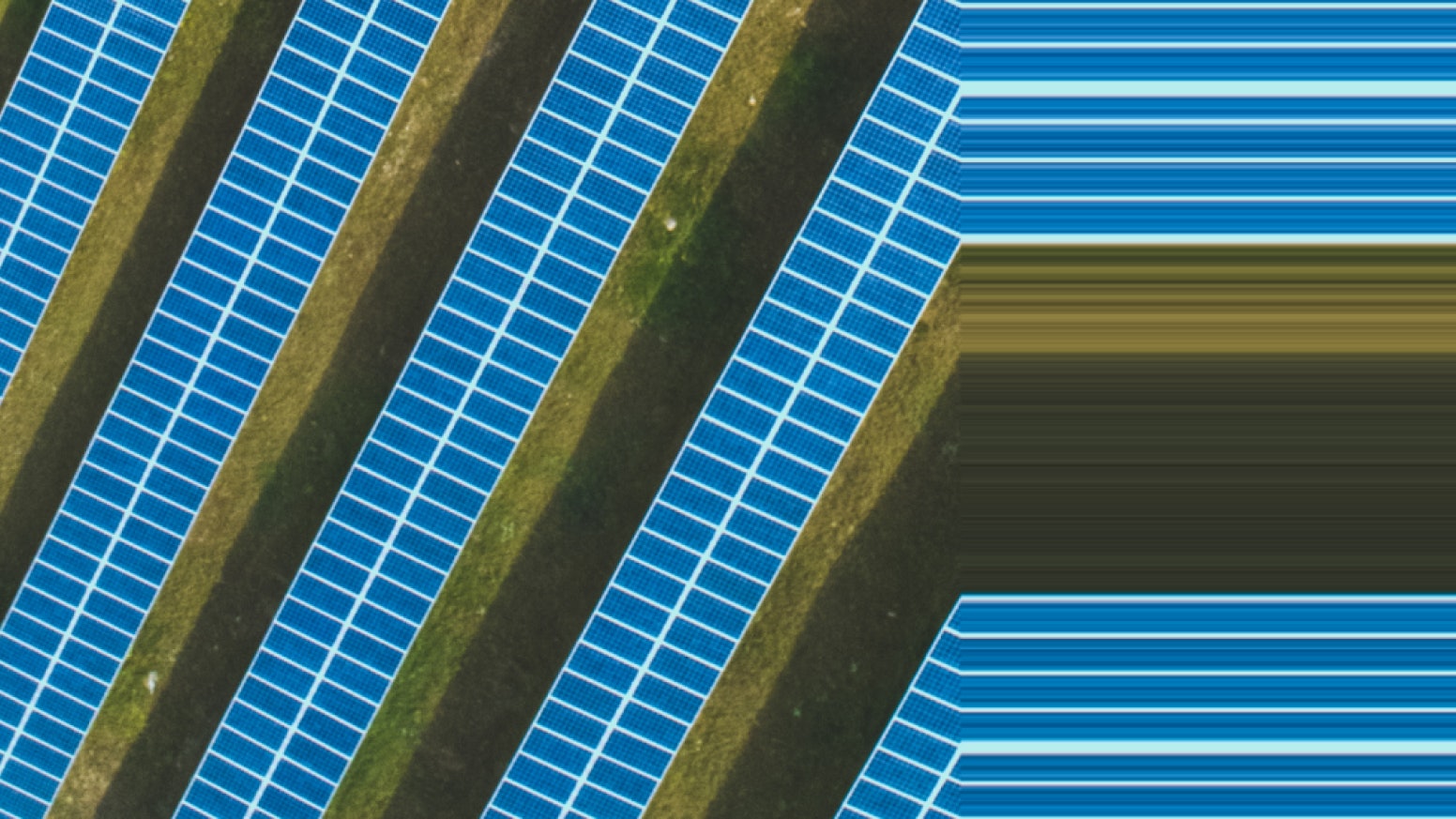Everything you need to know about community solar billing

Whether you’re flirting with signing up for community solar or you’re already connected to a local solar farm, savings are probably top of mind. Sure, supporting clean energy is really important, but what impact will it have on your wallet? Where and how exactly will you see those reduced costs?
The answer is…it depends.
Your annual solar savings are guaranteed, however, your billing experience depends on where you live, the structure of your community solar program, and your utility provider.
Read on to learn about the different types of community solar billing, what they mean to you, and where Arcadia comes into play.
Community solar billing
One of the greatest benefits of community solar is that you can achieve significant savings without the hassle and cost of installing your own solar panels. Still, the introduction of additional third parties can make billing a bit more complicated. Don’t worry, we’ll make it super easy. Let’s dive in!
What is community solar billing?
Community solar billing refers to a process that ensures participants receive accurate bills reflecting their individual energy usage, the associated costs of the community solar project, and the solar credits they earn for participating in the program. Those credits, which are the result of state legislation, are key to your savings — more on them below.
Remember, when you sign up for community solar with Arcadia, you’re connected to a local solar farm and assigned a portion of the energy that farm generates. The solar farm sends energy directly into the grid — not your house or business — meaning you’ll continue to receive power from your usual provider. The amount of solar energy generated by your portion of the project will result in solar credits and annual savings on your electricity costs.
How do credits work?
You've probably heard about credits if you’ve made it this far in your community solar journey. Here’s a quick breakdown of how they work.
You can think about credits like gift cards you purchase at a discount. If you buy a $100 gift card at 10% off, you’ll pay $90. However, you’ll have the full $100 to apply to a future purchase.
Community solar credits are similar. For instance, if your normal utility bill for the month is $100, you’d get to pay a discounted price (like $90) because of your community solar subscription.
The reason why? As clean energy from your local solar farm is generated and sent into the grid, your portion is translated into solar credits, which you purchase at a discounted rate. The full value of those credits is subtracted from your utility bill, reducing your overall energy costs.
How much will I save?
This is our favorite part: Arcadia customers see up to 5-10% savings on average, and some qualifying customers may even receive up to 20% savings thanks to local incentives. The Subscription Agreement you sign will detail the percentage savings you are contracting to receive.
There are a few important things you should know about your savings. First, it takes some time for us to connect you with a local solar farm, so you won’t start seeing savings on your utility bill until that happens. Also, your portion of the solar energy will rarely, if ever, exactly match the amount of energy you consume. Weather fluctuations will impact the amount of solar energy generated, which will be split between all subscribers. Your energy usage will also fluctuate month to month for a variety of reasons, making it less likely that these two numbers will match.
As a result, you’ll notice your savings might change from one month to the next, but you are guaranteed to see annual savings by being part of a community solar program.
What are the different types of community solar billing, and which applies to me?
“Who” you pay is what differentiates the types of billing experiences. We go more in depth below, but for now, the three types are:
- Utility billed
- Arcadia billed
- Dual billed
Because community solar is a new and rapidly evolving industry, its structure varies significantly from state to state. Your state, community solar program, and utility company determine your billing type.
Breaking down the three types of community solar billing
Dive deeper into each of the three billing types, or skip to the one you know applies to you.
Utility billed
In a utility billed experience, you will receive one bill from the utility company that includes:
- The total energy your home or business consumed during that month and any other standard utility fees, minus your community solar credits.
- The cost of your discounted solar credits based on your portion of the power generated by the solar farm.
Currently, utility billing is only available in New York, Oregon, Illinois, and Virginia. In these markets, your utility bill will have an extra line item showing your solar credits and how much you’ve saved through Arcadia.
Thanks to your Arcadia account, the utility company has what they need to automatically apply your solar credits to your utility bill, lowering your overall energy costs.
If you’re an Arcadia customer and have questions about the Utility billed experience, read more here.
Arcadia billed
In an Arcadia billed experience, you will receive one bill from Arcadia that includes:
- The total energy your home or business consumed during that month and any other standard utility fees, minus your community solar credits.
- The cost of your discounted solar credits based on your portion of the power generated by the solar farm.
The Arcadia billed experience is similar to Utility billed, but what sets it apart is our streamlined, easy-to-interpret, and informative bill format. Arcadia continuously tracks your savings and how they impact your expenses over time while clearly illustrating where your savings are coming from — all on one bill.
And because Arcadia has complete access to your energy data, we can optimize the size of your subscription, ensuring you receive maximum benefits — in savings and environmental impact.
If you’re an Arcadia customer and have questions about the Arcadia billed experience, read more here.
Dual billed
When you connect your utility account to Arcadia, we’re able to provide you with one consolidated bill. But with some utilities in certain states, that experience isn’t possible yet, so your experience would be Dual billed.
In a Dual billing experience, you will receive two bills:
- One bill from your utility company for the total energy your home or business consumed during that month and any other standard utility fees, minus your community solar credits.
- One bill from Arcadia for your credits based on your portion of the power generated by the solar farm. (Remember, our discounted gift card analogy still applies, so your solar savings will be reflected here!)
While it might be more challenging to calculate your savings in a dual billing market, you can rest assured that you’ll still receive the same savings via your solar credits.
If you’re an Arcadia customer and have questions about the Dual billed experience, read more here.
Still have questions?
Rest assured, community solar is a quickly-evolving industry. Its availability is spreading, legislation is motivating utility companies and customers to participate, and Arcadia is expanding its reach to ensure your community solar experience is as simple and cost-effective as possible.
Still have questions about your billing experience? See what billing looks like in your state, or reach out to Arcadia’s energy advisors.

